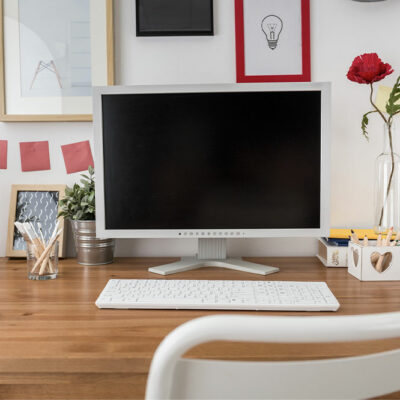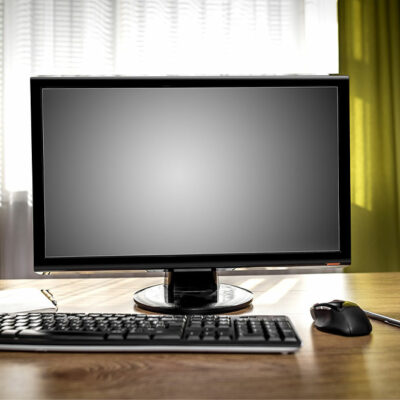
11 things excluded from Medicare coverage
Medicare is a federal health insurance program for people with certain disabilities and people over 65. Original Medicare has two main parts: Part A, which covers the cost of inpatient services, and Part B, which covers the cost of outpatient services and certain medical equipment. Although the program is meant to ease the financial burden of medical costs on people, it can be quite complex to navigate. This article explores 11 things that are excluded from Medicare coverage.
1. Medically unreasonable services and supplies
Any services and supplies deemed unnecessary or unreasonable for diagnosis or treatment are not covered by Medicare. These may include:
- Services that could have been furnished at a lower-cost setting (such as at a nursing home)
- Services that exceed Medicare length of stay limitations
- Excessive therapy or diagnostic procedures
- Unrelated screenings, tests, examinations, or therapies (that the patient has no symptoms for)
- Unnecessary services based on patient diagnosis, such as transcendental meditation
Exceptions to this rule include Medicare preventive services, transitional care management, chronic care management, and advance care planning.
2. Opticians and eye exams
While Medicare covers ophthalmologic expenses (such as cataract surgery), it does not cover the cost of most vision services, including eyeglasses and contact lenses or routine examinations for prescription and fitting. Additionally, Medicare does not cover the cost of eye refractions provided by practitioners. Those looking for vision coverage must consider signing up for Medicare Advantage plans.
3. Dental work
Original Medicare and Medigap policies do not cover routine dental services such as the care, treatment, filling, or removal of teeth or the structures supporting the teeth (that is, the periodontium, which includes the gingivae, dentogingival junction, periodontal membrane, cementum, and alveolar bone).
However, there are certain exceptions for the same. Medicare may cover some dental services, such as an X-ray required for treatment of a jaw or bone fracture, tooth extraction for radiation treatment, oral or dental examination performed prior to a renal transplant or heart valve replacement, or a dental service performed as an integral part of a treatment.
4. Overseas healthcare
Medicare does not cover the cost of healthcare received outside the country. For the purpose of this rule, the U.S. jurisdiction (for Medicare Parts A and B) is defined as:
- The 50 states
- The District of Columbia
- The Commonwealth of Puerto Rico
- The U.S. Virgin Islands
- Guam
- The Commonwealth of the Northern Mariana Islands
- American Samoa
- Territorial waters adjoining the land areas of the country.
Any hospital that is not located within the above-mentioned areas does not accept Medicare, even if it is owned or operated by the U.S. government.
5. Routine care for feet
Medicare also does not cover routine medical care for one’s feet. This includes treatment of flat feet, cutting and removing corns and calluses, trimming, cutting, clipping, or debriding nails, or other preventative or maintenance foot care.
However, Medicare may cover foot care devices and services in certain cases, such as orthopedic shoes for leg braces, therapeutic shoes for those with diabetes, treatment of foot warts and mycotic nails, or in the case of metabolic, neurologic, and peripheral systemic disease.
6. Alternative therapies
Medicare does not cover the cost of alternative therapies such as acupuncture, acupressure, experimental procedures and treatments, or chiropractic services in most cases. It is important to note that chiropractic services may be covered when spine manipulation is deemed medically necessary.
7. Certain durable medical equipment (DME)
Medicare does not cover the cost of certain DMEs, such as:
- Equipment that is intended to help one get outside the home (for instance, a motorized scooter)
- Items to help with comfort and accessibility around the home, such as grab bars, stairway elevators, air conditioners, bathtubs, or toilet seats
- Single-use items or items that are not used with equipment, such as incontinence pads, catheters, surgical face masks, or compression leggings
- Any modifications made to the home to improve wheelchair accessibility
- Equipment that is not suitable for use at home, such as paraffin bath units or oscillating beds
8. Custodial care
Medicare does not offer coverage for custodial care. The term ‘custodial care’ refers to any personal care that does not require the services of a trained medical or paramedical professional for daily activities, such as walking, bathing, dressing, eating, using the toilet, or preparing one’s meals.
9. Cosmetic surgery
Medicare does not cover elective cosmetic surgery costs. However, one may receive coverage for these procedures in certain cases, such as breast reconstruction after a mastectomy or surgery required after an accidental injury or treatment.
10. Personal comfort items and services
Since these items do not directly contribute to medical services, Medicare does not cover these costs. Personal comfort items include radios, televisions, and beauty and barber services. Charges for these items must be borne out-of-pocket.
Medicare may cover these costs in skilled nursing facilities or a general psychiatric hospital when patients cannot perform these services themselves. In such cases, basic services such as shaves, haircuts, shampoo, and simple hair sets may be included. These costs may also be considered reimbursable under Medicare Part A if furnished by a long-stay institution, included in a flat rate charge, or routinely furnished without patient charge.
11. Hearing aids
Although Medicare covers the cost of ear-related issues, it does not pay for routine hearing tests or aids. To access this coverage, one must sign up for a Medicare Advantage plan. Those from lower-income households may also apply to certain government programs for hearing aids at a subsidized cost.
Patients are responsible for covering the full cost of services that are not included under Medicare. To bring down financial costs, people often sign up for Medicare Advantage plans (Part C). Offered by private companies, some of these plans may cover additional services or offer top-up plans such as vision and dental care.


